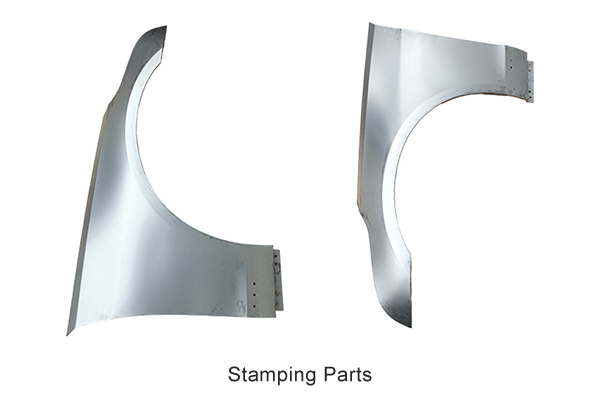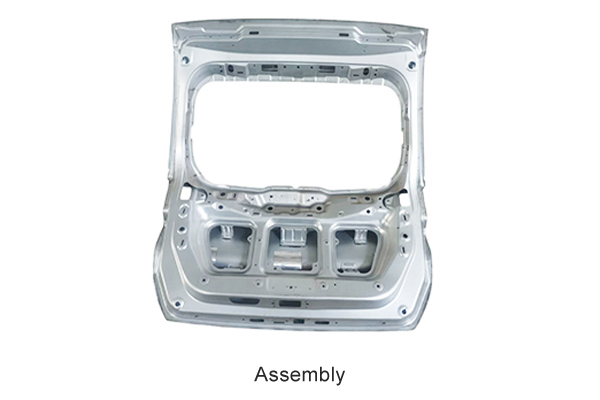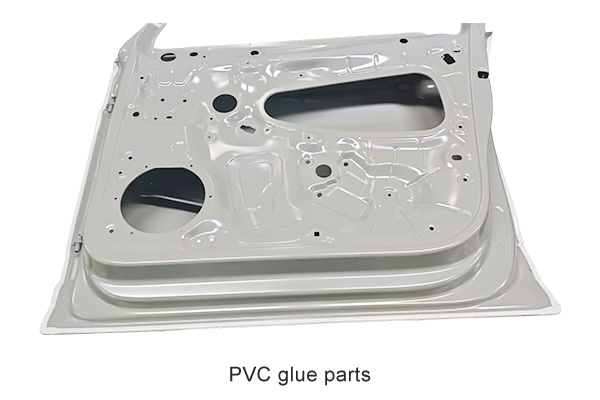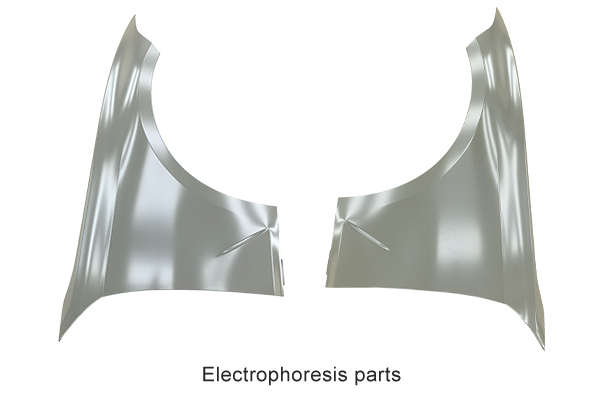How to improve the welding strength and reliability of aluminum spot welding of sheet metal parts?
Release Time : 2025-03-26
Before welding, the cleanliness of the sheet metal surface should be ensured, and the front and back of the part to be welded should be thoroughly cleaned with a special degreasing agent, dewaxing agent and a clean rag. This is because the oxide on the surface of the aluminum alloy has high resistance and high melting point, which will hinder the current from forming a circuit, thus affecting the welding quality. In addition, it is necessary to clean it with a stainless steel wire wheel until the metal is exposed and glowing, and preheat it if necessary to reduce thermal stress during welding.
Selecting appropriate welding parameters is the key to improving the welding strength and reliability of aluminum spot welding of sheet metal parts. This includes welding current, welding time and electrode pressure. Since aluminum alloy has high thermal conductivity and low resistivity, a short-time, high-current welding process is required. At the same time, the electrode pressure should be moderate, both to ensure sufficient contact area and current density, and to avoid excessive indentation that causes thinning of the sheet metal. Through multiple tests and optimization, the best combination of welding parameters can be found.
The state of the electrode has a direct impact on the welding quality. Therefore, the electrode should be checked and polished regularly to ensure that the tip of the electrode is flat, free of cracks and oxide adhesion. During the welding process, the electrode is very easy to be contaminated and needs to be frequently polished to keep it clean and conductive. In addition, the appropriate electrode material and size should be selected to meet the welding needs of sheet metal parts of different thicknesses and materials.
The welding environment also has an important impact on the quality of aluminum spot welding of sheet metal parts. The welding area should be kept dry and clean, and combustible materials or pollutants should be avoided nearby. At the same time, pure argon should be used as a shielding gas to prevent oxygen and nitrogen in the air from contaminating the weld. In addition, the temperature and humidity of the welding area should be controlled to reduce thermal stress and deformation during welding.
Post-weld treatment is an important part of improving welding strength and reliability. After welding is completed, the weld should be carefully inspected and cleaned to remove welding slag and spatter. For important welded parts, non-destructive testing such as X-ray testing or ultrasonic testing should also be performed to ensure that there are no defects inside the weld. In addition, the weld can also be locally annealed to eliminate welding stress and improve the toughness of the material.
Choosing the right welding equipment is essential to improving the welding strength and reliability of aluminum spot welding of sheet metal parts. Welding power supplies and welding tongs with high precision and stability should be selected to ensure accurate control of welding parameters and good contact of electrodes. At the same time, the automation and intelligence level of the equipment should also be considered to improve welding efficiency and consistency. For example, welding equipment with functions such as automatic wire feeding, automatic electrode grinding, and automatic detection of weld quality can be selected.
Operation skills are also an important factor affecting the welding strength and reliability of aluminum spot welding of sheet metal parts. Welders should be proficient in the correct welding posture and operation methods, such as keeping the welding gun cable straight to reduce the wire feeding constraint on the softer aluminum wire, using the forward tilting welding method to advance the welding gun without pulling it back, etc. In addition, attention should be paid to the details of the welding process, such as timely cleaning of electrodes and welds, adjusting welding parameters to adapt to sheet metal parts of different materials and thicknesses, etc. Through continuous practice and practice, the operation skills and welding quality of welders can be improved.
Improving the welding strength and reliability of aluminum spot welding of sheet metal parts requires multiple aspects, including welding preparation, process parameter optimization, electrode management, welding environment control, post-weld treatment, equipment selection, and operation skills. Only by comprehensively considering these factors and taking corresponding measures can the high quality and reliability of aluminum spot welding of sheet metal parts in sheet metal connection be ensured.








